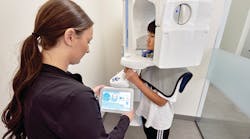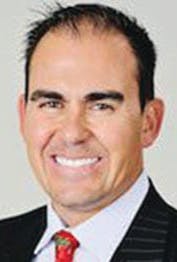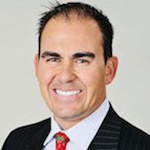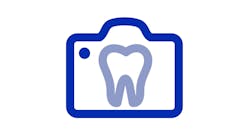Radiographic technology: The role of abundance, scarcity, and decision-making
Each of us has a unique protocol for making decisions, especially when those decisions involve money. Many of the decisions that we make involve finances and our ability to pay for something with cash on hand or with loans using deferred payments.
The Merriam-Webster Dictionary describes abundance as “an ample quantity of something; affluence, wealth; or a relative degree of plentifulness.”
To me, abundance is a mindset. My rationale in acquiring new technology also takes into account its return on investment (ROI). Is the purchase going to help me take the best care of my patients and give my practice the opportunity to generate more income?
I’d like to share a story with you. On October 1, 2020, my dental partners and I bought into a practice that had an office-sharing arrangement with another dentist. The practice is in an affluent area with a great patient base. The two hygienists for our patients each have 14 and 16 years with the practice, respectively.
Coming into the practice, I brought with me my specific standard operating procedures and philosophies. For example, I like to review certain radiographs in order to develop my treatment plans. For a new-patient visit, I like to see, at a minimum, a relatively current Panorex and four bitewing radiographs. For teenage and adult recare patients, I like to see a Panorex taken within the past three to five years and bitewing radiographs that are current within six months. Depending on the patient’s caries history, I want to have recent anterior periapical radiographs to ensure that there is no interproximal caries on the front teeth.
I asked the hygienists to follow my standard operating procedure with regard to digital panoramic radiographs, but I could quickly sense a reluctance on their part to take them. I didn’t understand why at first, but I soon learned that the issue had to do with the old panoramic-cephalometric (pan-ceph) machine being film-based. Taking a Panorex required time to develop the radiograph and then scan it into the patient’s digital chart. The process would often take 20–25 minutes and throw off the hygienists’ schedules, either taking away from the amount of time they had clinically or delaying their ability to care for the next scheduled patient. The hygienists wanted to comply with my request, but it was just not always feasible. Something needed to change.
In my mind, the change was relatively easy—the purchase of a new digital radiography machine. Since I place a fair number of dental implants and remove third molars, my group decided to purchase a digital CBCT machine (Planmeca ProMax 3D). My monthly payments were approximately $1,760.
Within a short period of time, our hygienists learned how to take panoramic radiographs in a matter of minutes from start to finish. With just four radiographs being taken daily at an average cost of $90 each (and our office has 16 treatment days per month), the math equates to $5,760 per month in income generation. This more than takes care of the $1,760 monthly payment for the machine. I can also take 3-D renderings for a variety of additional reasons, such as sinus infections, dental implants, third molars proximate to the inferior alveolar nerve canal (IAC), identifying canals for root canal therapy, etc.
In making the decision to purchase the cone beam machine, I asked my new dentist-partner if he wanted to participate, which would also allow him to join in its revenue generation. To my surprise, he chose not to participate in the acquisition of the machine. In fact, he moved the old machine into his personal office and continues to take film-based panoramic images, which requires additional time and the maintenance of a darkroom closet and chemicals in the practice. I can tell you that the quality of the radiographs from the new machine is exceptionally better than those from the old pan-ceph machine, not to mention the Planmeca system yields substantially lower radiation to my patients.
My partner and I have had additional discussions about the future of the practice and what I call “necessary, deferred equipment needs” to bring the practice up to speed with today’s technology. We have serious disagreements about this, and I can only attribute his rationale to a personal struggle between abundance and scarcity that is affecting his decision-making. I should also mention that he is 49 years old, and I’m senior at 51 years of age.
Please don’t infer that I am not cautious about my spending habits. I like to have a certain amount of capital reserves in the bank to cover the practice’s routine expenditures. I have also developed a personal lifestyle that requires a certain monthly income to cover our family’s expenses.
Your dental practice is your most important investment. The hope is that one day you will be able to sell your practice and enjoy a prosperous retirement from the earnings. I am sure that decision-making during your dental career will involve a personal philosophy with regard to abundance, scarcity, and ROI. May you choose wisely with an eye on the present and thoughts on the future of your dental practice.








